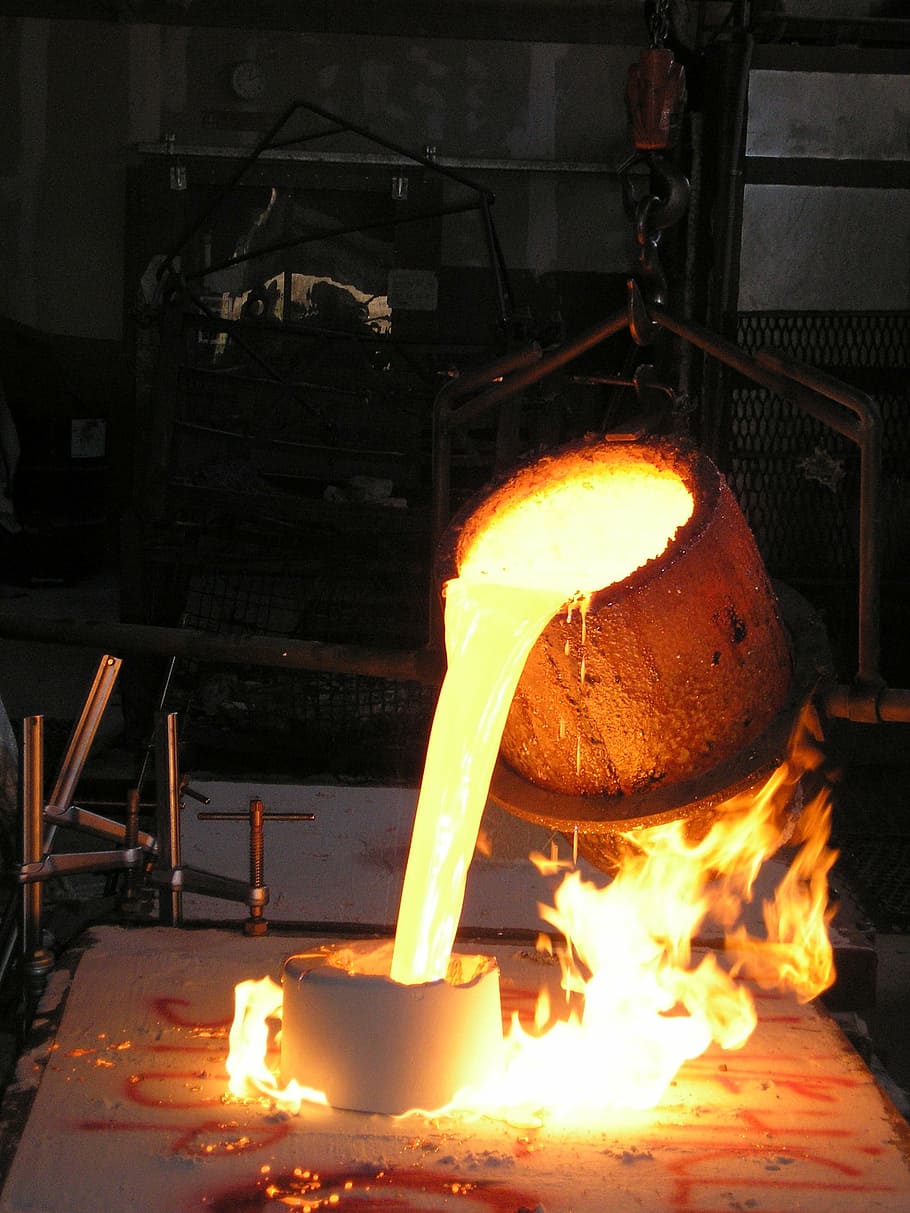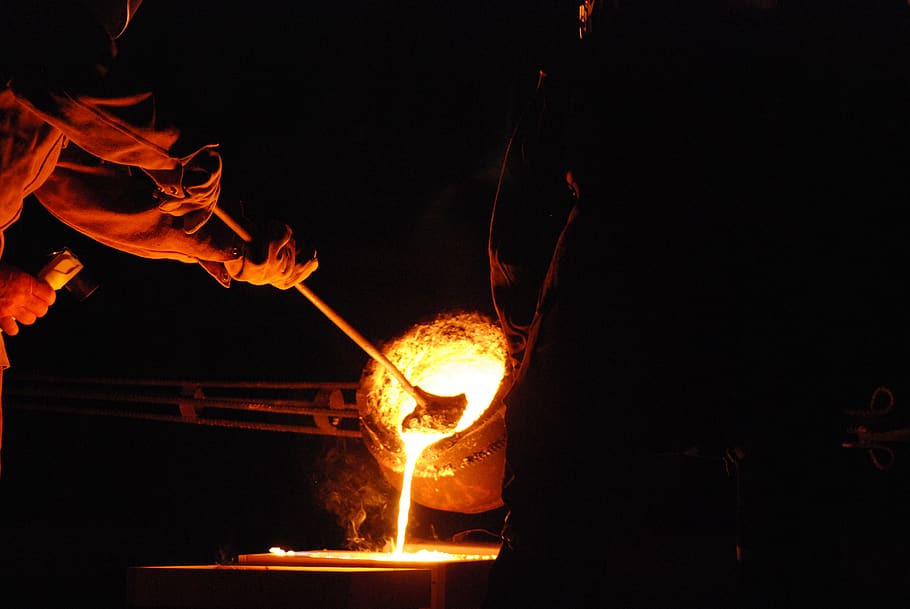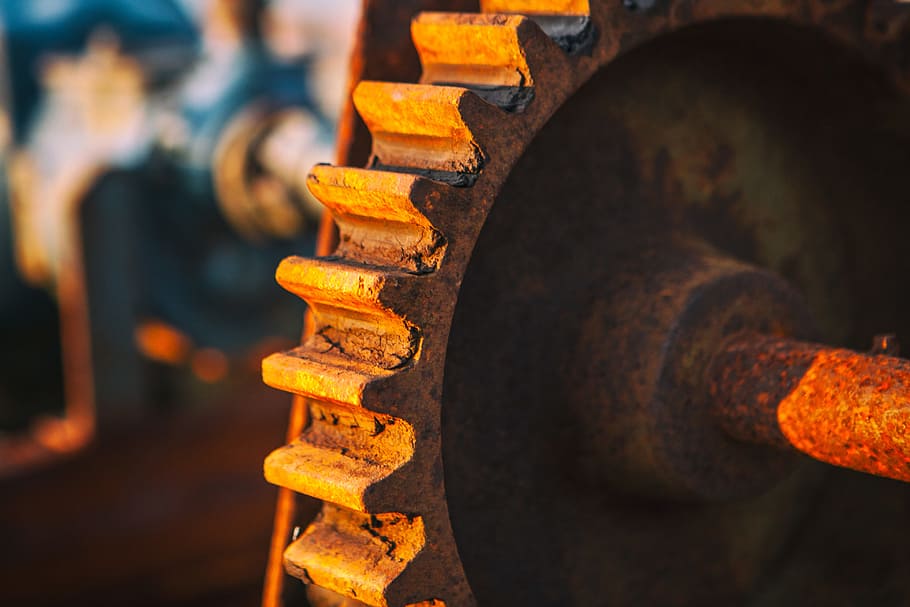
Sand casting is a widely employed casting technique in Australia, offering immense versatility for creating intricate and durable components. From automotive applications like engine blocks, engine manifolds, cylinder heads, and transmission cases to various other industries, sand casting has revolutionized the manufacturing process. In this blog, we delve into the world of sand casting, uncovering its benefits, the process involved, and its extensive applications across different sectors. Let’s embark on a journey to discover the art and science of sand casting.
The Art of Sand Casting: A Closer Look

Sand casting is a process that involves pouring molten metal into a sand mould to create complex shapes and structures. It is a versatile and cost-effective method widely used in industries that demand precision and durability. The key elements of sand casting include the pattern, sand mould, molten metal, and the casting process itself.
Understanding the Sand Casting Process
Pattern Creation
The first step in sand casting is creating a pattern, which serves as a replica of the final product. The pattern is typically made of wood, plastic, or metal and has the exact dimensions and details of the desired component.
Sand Mold Preparation
Once the pattern is ready, it is used to create a sand mould. The mould is made by packing specially formulated sand mixture around the pattern, ensuring proper compaction and alignment.
Mould Cavity and Cores
The mould cavity defines the shape of the final product, while cores are used to create internal cavities and intricate details. Cores are made separately and inserted into the mould to form hollow sections or complex shapes within the casting.
Pouring the Molten Metal
Once the mould is prepared, it is securely closed, and the molten metal is poured into the mould cavity through a gating system. The metal fills the cavity, ensuring it takes the shape of the pattern and cores.
Cooling and Solidification
After pouring, the molten metal cools and solidifies within the mould. This process is crucial for achieving the desired structural integrity and dimensional accuracy.
Shakeout and Finishing
Once the casting has cooled, the sand mould is broken apart to reveal the solidified metal component. The casting is then cleaned, trimmed, and finished through processes like grinding, sandblasting, machining, and surface treatment.
Applications of Sand Casting in Australia

Sand casting finds extensive applications across various industries in Australia, including:
Automotive Industry
Sand casting is widely used for producing critical components in automobiles, such as engine blocks, engine manifolds, cylinder heads, and transmission cases. Its versatility and ability to accommodate intricate designs make it a preferred choice for automotive manufacturers.
Aerospace Industry
The aerospace sector utilizes sand casting for manufacturing components like turbine blades, engine casings, and structural parts. The high precision and strength of sand castings make them suitable for aerospace applications.
Industrial Machinery
Sand casting plays a vital role in producing heavy machinery components like gears, pulleys, pump casings, and hydraulic components. Its cost-effectiveness and adaptability make it ideal for large-scale industrial machinery production.
Art and Sculpture
Sand casting is not limited to industrial applications. It is also embraced by artists and sculptors to create intricate and expressive metal sculptures. The flexibility of sand casting allows artists to bring their creative visions to life.
Architectural Elements
Sand casting is employed in the creation of architectural elements like ornamental metalwork, decorative accents, and customized fittings. The versatility of sand casting enables the production of unique and visually appealing architectural components.
Conclusion
Sand casting stands as a reliable and versatile casting method, empowering industries across Australia with the ability to create intricate, durable, and precision components. From automotive giants to artists and architects, the applications of sand casting are far-reaching. This age-old technique continues to evolve, merging craftsmanship with technology to shape the future of manufacturing. Embrace the art of sand casting and witness its transformative power in bringing imagination to life.
